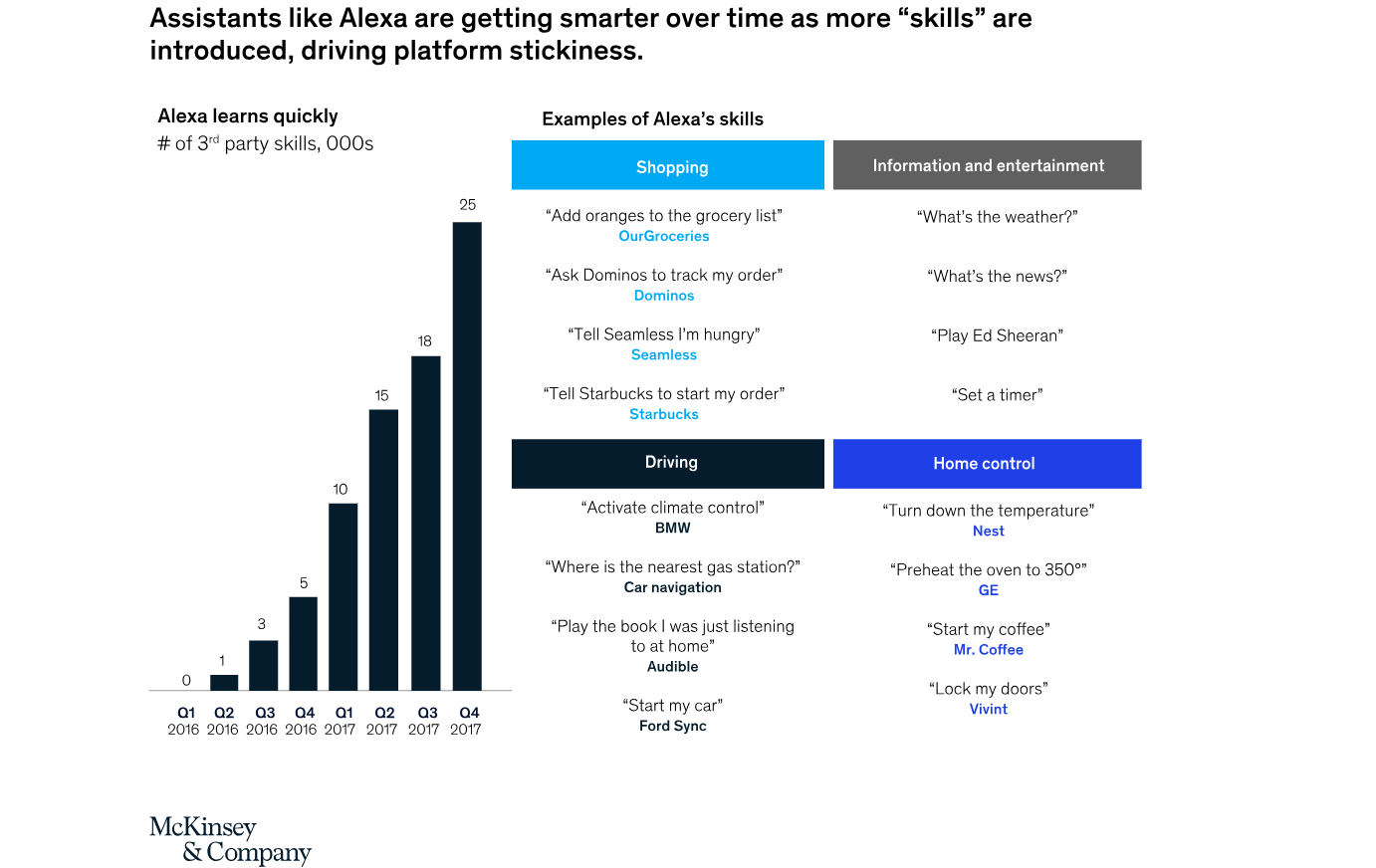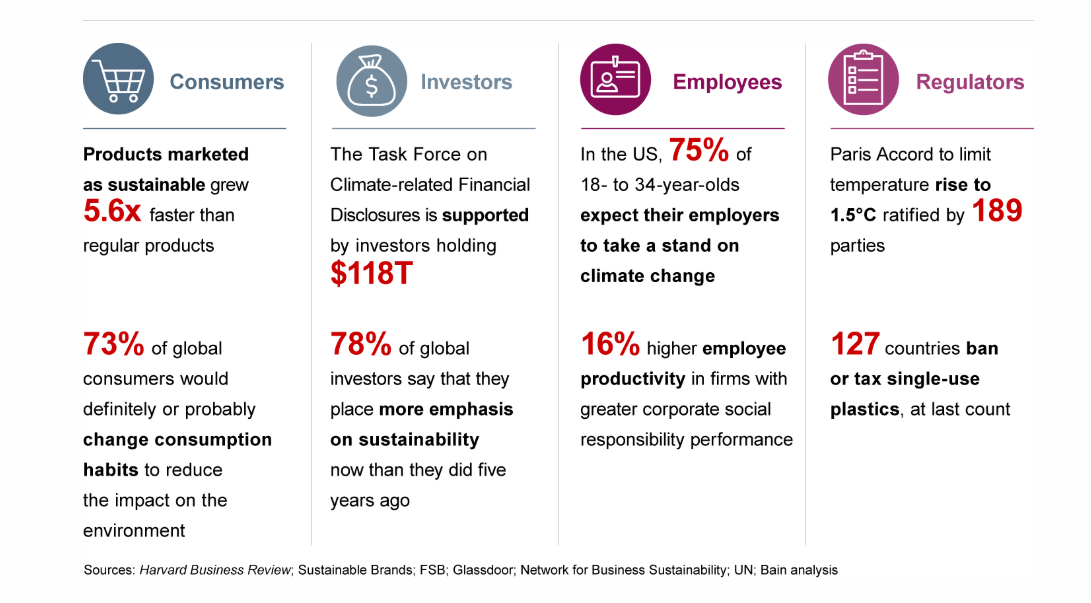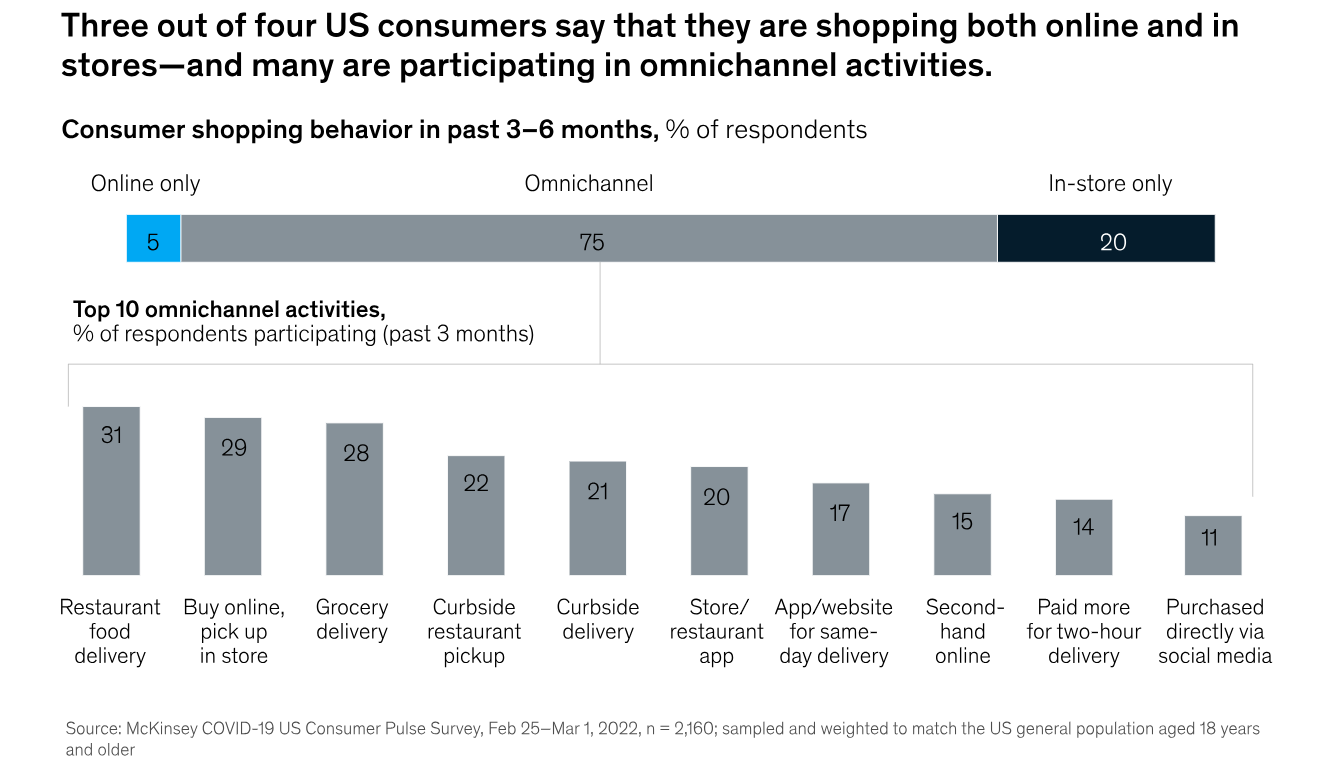
The retail industry is undergoing one of its most notable technological transformations ever. For businesses, skepticism is understandable—AI, automation, and data-driven retail require serious investment, and the outcomes aren’t always clear. However, these aren’t just passing trends but fundamental shifts redefining e-commerce.
Retailers clinging to outdated systems and generic customer experiences feel the squeeze. Margins are shrinking. Customer loyalty is fading. Meanwhile, companies using technology to personalize recommendations, automate fulfillment, and predict demand aren’t just keeping up—they’re growing faster and pulling ahead.
As a dynamic and results-driven senior executive at a large ecommerce company, I’ve led product development, technology, and business management across e-commerce, physical retail, and energy industries. I’ve witnessed how digital innovation transforms customer experiences, optimizes operations, and fuels business growth.
Here’s what’s reshaping the industry today—and what e-commerce leaders must do to stay ahead.
Customer-Centric Innovation: Redefining Shopping Experiences
Shopping isn’t just about buying anymore. Customers expect retailers to understand them—what they need, when they need it, and how they prefer to shop. This shift is forcing companies to move beyond generic transactions and create seamless, hyper-personalized experiences.
A checkout button isn’t enough. Customers want smart recommendations, frictionless interactions, and consistency across every touchpoint. And they have no patience for companies that can’t deliver.
Even retail giants like Walmart see the shift and are adapting—not just internally, but by selling their personalization and automation technology to smaller businesses. They know that the future isn’t just about having great tech. It’s about making that tech work for the customer.
AI-Driven Personalization: The Engine of Customer Engagement
Artificial intelligence isn’t just a tool—it’s the backbone of modern retail. AI sifts through massive amounts of data to predict what customers want before they even know it. Done right, it removes frustration, speeds up shopping, and makes every interaction feel effortless.
A McKinsey study shows how AI is going beyond simple product recommendations. It’s evolving to understand voice tones, shopping habits, and even emotions. Amazon’s Alexa, for example, has moved past basic commands. It learns from user behavior, refining responses and anticipating needs.

Retailers that integrate AI at every touchpoint—from personalized email campaigns to intelligent chatbots and recommendation engines—see higher engagement and sales. More importantly, AI now shapes the entire shopping journey, from discovery to delivery.
Data-Driven Decision Making: The Rise of AI and Predictive Analytics
E-commerce success is now dictated by data. The best retailers are using AI and machine learning to make smarter decisions about inventory, pricing, and fulfillment—long before problems arise.
Smarter Inventory Management
Static inventory forecasting is outdated. Today, machine learning models evaluate demand patterns, seasonal fluctuations, and external influences to automate restocking, minimizing stockouts and overstock.
For example, Walmart uses AI and ML to improve inventory and supply chain operations. By curating extensive data, Walmart's AI anticipates demand cycles during peak shopping like Black Friday, allowing strategic inventory positioning across its network to ensure product availability where and when needed.
“There are a few things that you need to get right, and that’s why AI and ML works very well for us. We need to decide what are those catalogs that the customer wants.”
— Srini Venkatesan, EVP, U.S. Omni Tech at Walmart Global Tech
Dynamic Pricing and Personalization
Static pricing is a thing of the past. AI-driven models adjust prices in real time based on demand, competitor activity, and customer behavior. Retailers no longer just set prices—they optimize them. This applies to promotions, too. AI segments shoppers based on habits, delivering personalized discounts that maximize conversions—without unnecessary markdowns.
Automating Checkout and Customer Interactions
AI isn’t just working behind the scenes—it’s transforming how customers interact with brands. Amazon's “Just Walk Out” technology is a prime example. Using computer vision and deep learning, it allows customers to shop and leave without stopping to pay. The system automatically tracks what they take and charges their account, removing friction from the entire process.

Beyond automated checkout, AI-powered chatbots and virtual assistants are improving customer interactions. Many e-commerce brands now use natural language processing (NLP) chatbots to manage inquiries, recommend products, and assist with transactions, decreasing dependence on human support while ensuring high customer satisfaction.
Sustainability in Retail and Supply Chains: A Competitive Imperative
Sustainability has evolved from a corporate responsibility initiative to a business necessity. Consumers demand it. Investors expect it. Regulators enforce it. These trends indicate that sustainability is shaping the future of retail in the same way digital transformation did over the past decade.

Most retail emissions don’t come from storefronts or warehouses. They come from supply chains—sourcing, transportation, and logistics. That means companies looking to cut their carbon footprint need to start where it matters most.
A sustainable supply chain is also more resilient. Climate-related disruptions, such as extreme weather and resource scarcity, pose increasing risks to global trade. Companies that integrate sustainability into sourcing and logistics strategies can mitigate these risks while ensuring long-term supply security.
Beyond risk management, sustainability efforts drive cost savings. Investments in energy-efficient warehouses, AI-driven inventory management, and optimized logistics reduce waste and operating expenses. Circular economy models—such as recycling, resale, and product rentals—offer new revenue streams while minimizing resource consumption.
Technology as the Enabler of Sustainable Supply Chains
Retailers are using emerging technologies to enhance sustainability and efficiency. AI and data analytics optimize inventory and logistics, reducing emissions. Blockchain ensures traceability, while IoT provides real-time insights for better resource management.
Automation is also key. AI-driven fulfillment centers and robotics cut waste and energy use, and investments in renewable energy support low-emission supply chains. This approach turns sustainability into a competitive advantage. Here’s how it creates business value:
- Energy-efficient warehouses and AI-driven inventory lower waste and costs.
- Sustainable sourcing and optimized logistics reduce climate-related disruptions.
- Sustainable brands can command premium prices and foster customer loyalty.
- Meeting sustainability standards prevents penalties and ensures long-term stability.
The future of supply chains isn’t just digital—it’s sustainable. Companies investing in renewable energy, smart logistics, and AI-powered inventory management are turning sustainability into a competitive advantage.
The Competitive Edge: How Leading E-Commerce Players Stay Ahead
Some retailers consistently outperform their competitors. Why? The answer lies in their strategic use of advanced technologies and innovative practices that enhance customer experience and drive growth.
AI-Driven Logistics
Leading e-commerce companies harness AI to revolutionize their logistics operations. Predictive analytics enable accurate demand forecasting, ensuring optimal inventory levels and reducing stockouts. Robotic fulfillment centers and warehouse automation expedite order processing, resulting in faster delivery times and reduced operational costs.
Omnichannel Integration
Successful retailers blend online and offline channels for a cohesive shopping experience. This omnichannel approach lets customers transition smoothly between digital platforms and physical stores. According to McKinsey & Company's Consumer Pulse survey, 75% of US consumers research and purchase both in-store and online, highlighting the importance of an integrated shopping experience.

The expectation is not just to have multiple touchpoints but to have frictionless transitions between them. Whether browsing online and purchasing in-store, using mobile apps for curbside pickup, or returning e-commerce orders at a physical location, consumers demand a unified, personalized experience across all touchpoints.
Hyper-Personalization
Utilizing AI and machine learning, top e-commerce players deliver personalized recommendations and targeted promotions. By analyzing customer behavior and preferences, these companies curate individualized shopping experiences that enhance engagement and loyalty.
Resilient Supply Chains
Real-time data integration and advanced analytics empower retailers to build resilient supply chains capable of adapting to demand fluctuations. By leveraging technology, these companies can respond swiftly to market changes, minimizing disruptions and maintaining customer satisfaction.
![]()
The Profit and Loss (P&L) Impact: Why Technology Investments Matter
Investing in technology is a strategic move that can significantly enhance a company's profitability and market position. But spending more on technology doesn’t always guarantee success. The key is knowing where to invest. A study analyzing 250 global companies found that businesses that align tech investments with clear business goals—and execute effectively—see the biggest returns.
At Amazon Canada, for instance, we focused on targeted technology investments that made a measurable impact. By re-architecting key systems, we transformed Amazon.ca into a dual-language store, opening a multi-billion-dollar revenue opportunity by expanding access to more customers.
To make technology investments pay off, businesses should focus on:
- Clear Business Alignment: Tech spending should drive tangible outcomes, not just add complexity.
- Scalability & Execution: Investing in AI, automation, or analytics is pointless without the right team and infrastructure to execute.
- Value-Driven Assessment: Focus on tech initiatives that create direct customer or operational benefits.
Retailers that treat technology as a strategic investment—not a trend—set new industry benchmarks instead of chasing them.
Final Thoughts: What’s Next for Retail Transformation?
Retail transformation is an ongoing evolution, not a one-time initiative. The companies that dominate the next decade will integrate AI, automation, and predictive analytics into their core operations. They’ll build predictive supply chains, seamless checkout experiences, and hyper-personalized interactions.
Sustainability is also a competitive necessity. Businesses that proactively integrate eco-friendly logistics, circular retail models, and energy-efficient operations will not only meet growing regulatory requirements but also win consumer trust. Meanwhile, the future of omnichannel retail lies in unifying digital and physical experiences to ensure customers can seamlessly switch between shopping channels without friction.
Retail’s future belongs to those who innovate with intention. Businesses that treat technology as a tool for efficiency, customer engagement, and long-term growth will be the ones that stay ahead. The opportunity to lead has never been greater.
About the Author:
Mukund Chavan is the Director, Product and Technology Officer at a large ecommerce company. With a track record of leading multi-billion-dollar technology initiatives, he has spearheaded product launches that have redefined e-commerce, logistics, and customer experience. His expertise in AI, automation, and digital transformation positions him as a thought leader in the changing retail environment.







